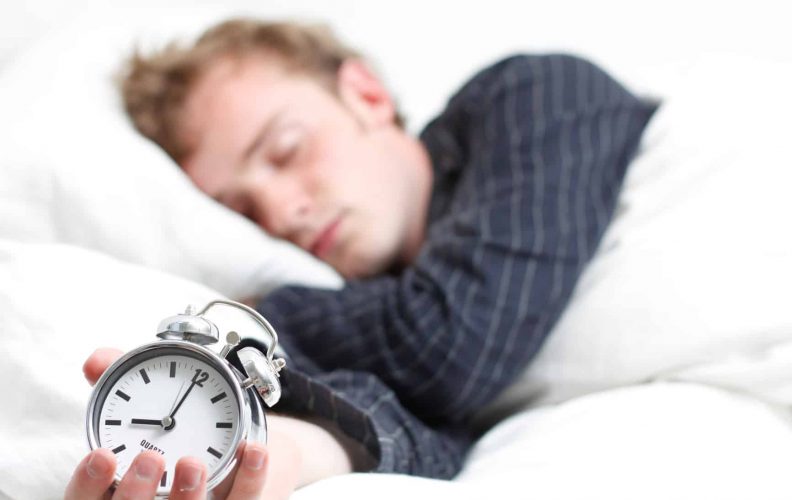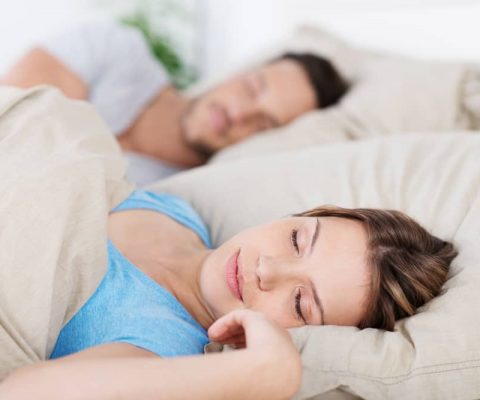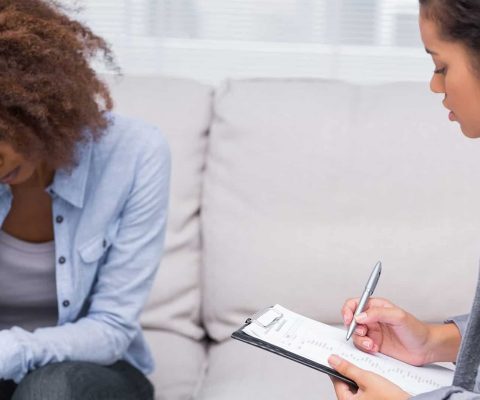5 Ways to Sleep like a Log
Disclosure: We use affiliate links and may receive a small commission on purchases.
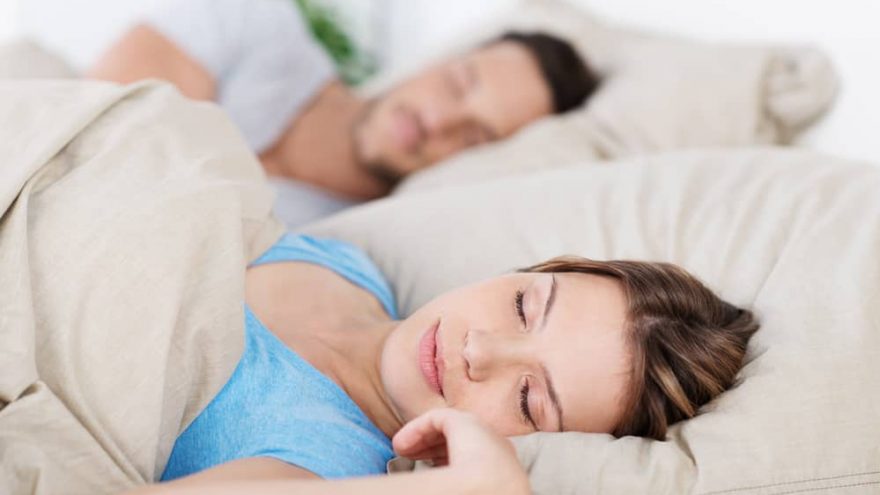 5 Ways to Sleep like a Log
thefitbay.com
5 Ways to Sleep like a Log
thefitbay.com
After going through your inconsolable teen years where it seemed like you could never get ENOUGH sleep, choosing every free moment to squeeze in a nap and then transitioning into the adult lifestyle, where not only are you too stressed and have to much to get done to actually sleep, but also have NO time to nap, seems like a really horrible exchange for some extra cash and independence.
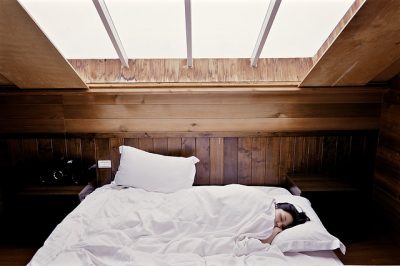
After never-ending work days as an adult, then plugging in responsibilities, taking care of families and each of their lives, and adding just every little, busy-filled waking moment, sleep seems to be a refuge.
It seems to be an impossible, unachievable dream, that you can’t even dream about because you have no time. No time to sleep. Nor dream.
So here’s the kicker.
Not only do us adults have no time nor opportunity to get that much-desired sleep, our bodies play a very cruel joke on us when we eventually have those precious hours to rest and catch some shut-eye.
It doesn’t happen.
If you are like me, live an active lifestyle, seem to eat correctly and hydrate properly, yet you still find yourself pushing the home button on your cell phone to see what time it is for the fourth time that night, then these next five tips might help.
Tossing and turning isn’t just for people with stress, or with a big sales pitch the next day, it’s a real issue that affects loads of people then you might think, and well into the stages of their adulthood.
Here are five ways to get the sleep you desperately need, consistently, and extremely log-like:
1. Expose yourself to light during the Day.
Making sure you get some light, whether it be artificial or natural (of course natural is better) during the day will help your body realize that it is supposed to be awake. Light works directly with our internal and biological clock. Like the sunshine beaming down on a sundial, light helps tell our bodies that it is daytime and that it is the normal time to be up. Light also helps with vitamin D, depression, sluggishness, and works directly with our immune system.

2. Shut out all the light during the Night.
Even the smallest of lights can affect your sleep. Light to your body (even to your closed eyes) makes you think that you need to be awake. So even if there is a minute amount of light in the place where you try to get some shut eye, it can take a toll on the quality of your sleep.
3. Get more routine with your schedule.
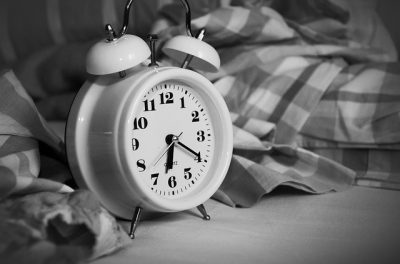 Yes, we know that life hits and doesn’t stop hitting. It whirls up your normal plans like a tornado. But the first step is to take control of the things you CAN control. For instance, bedtimes don’t have to just be for the kids. If you treated yourself with the same caution and care that you treat your children, you could be so much healthier. Get yourself ready to sleep around the same time and set an alarm to wake up the next morning also at the same time. This routine will make your body more regulated to a schedule and therefore be ready and know what to do with it. We are creatures of habit and our bodies are also. Getting used to something, using it and making the best of it is what our bodies do best. So giving it a routine will help your body know what to do with the time that it’s given.
Yes, we know that life hits and doesn’t stop hitting. It whirls up your normal plans like a tornado. But the first step is to take control of the things you CAN control. For instance, bedtimes don’t have to just be for the kids. If you treated yourself with the same caution and care that you treat your children, you could be so much healthier. Get yourself ready to sleep around the same time and set an alarm to wake up the next morning also at the same time. This routine will make your body more regulated to a schedule and therefore be ready and know what to do with it. We are creatures of habit and our bodies are also. Getting used to something, using it and making the best of it is what our bodies do best. So giving it a routine will help your body know what to do with the time that it’s given.
4. Watch the caffeine.

Caffeine is not only found in your morning cup of joe. It’s in certain foods or drinks, especially sodas. Of course, the limit can change from person to person. In Europe, loads of countries are used to having a shot or two of coffee after their evening meal (and lunch, and snack..), and they can still get to bed soundly. Try to know your limit, take note for when you have trouble sleeping when you had your last drops of caffeine. The rule of thumb is to not drink anything caffeinated six hours before you get to bed, but this, of course, varies person to person. Try a cup of white tea instead.
5. Watch your thermostat.
If you’ve ever woken up in the middle of the night and had to throw the covers off of your body as quickly as possible, or as the opposite, snuggle in tighter, you’ve experienced the discomforts of sleeping with an un-ideal temperature.
Regulating your body temperature starts with the temperature of the room. Research has had said 65 degrees Fahrenheit is the ideal temperature to set a room or a house in to get sleep, but of course, everyone is different. An experiment to try is to set the temperature to sixty-five and then to get yourself ready to “deal” with it. In other words, if it’s too hot, dress light and push the covers away, or if it’s too cold, snuggle and settle in ready for a good night’s rest.
There are so many things you can do during the day, in accordance with nutrition, with exercise or with daylight exposure. But a nighttime routine can actually be the difference between a restful night’s sleep and a night where you and toss and turn every couple hours.
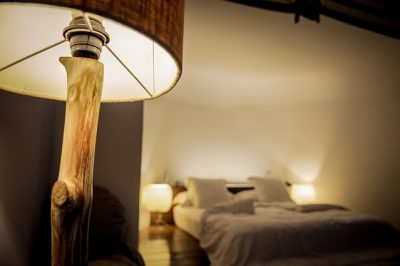
Everyone is different. Experiment with a few of these tips (or all of them!) to try and see what routine or setting will help you achieve your best night’s sleep. Keep in mind the issue might run deeper than you think. There are so many different sleeping disorders as well, so if you feel like you’ve tried all you can, consult a specialist or your doctor to take a closer look at your sleeping habits and your health to get you the best sleep possible. Of course, we advise you to try and avoid drugs as much as possible, but that’s also a personal decision that you have to make in consultation with your doctor.







